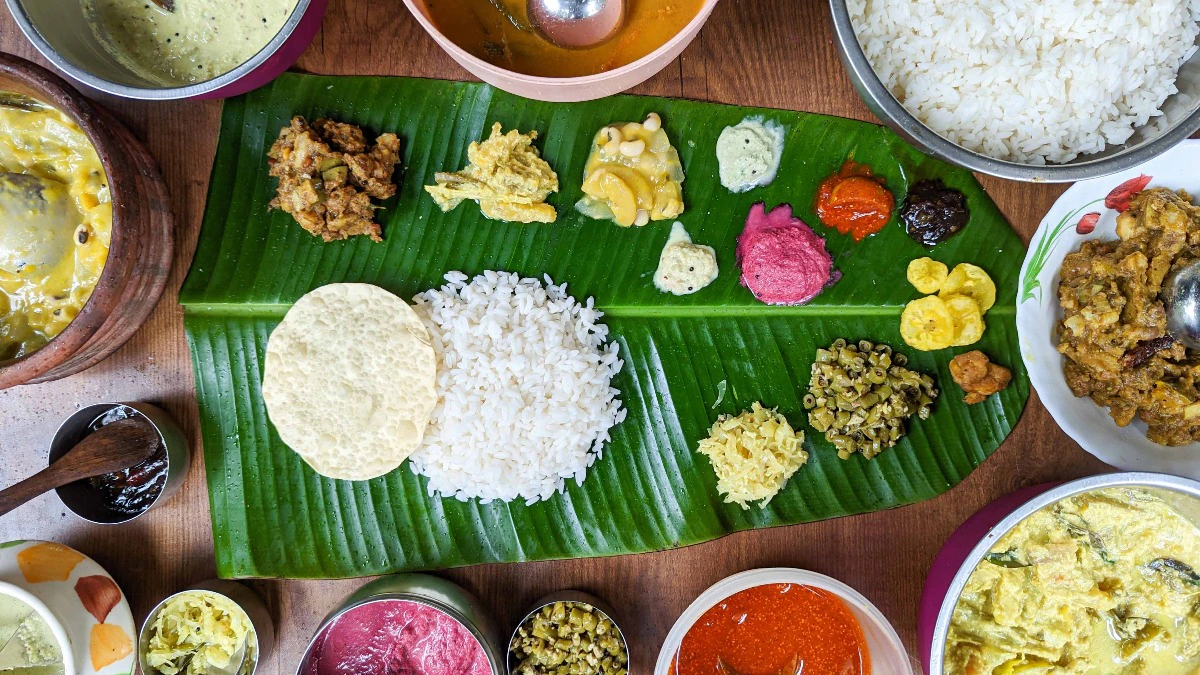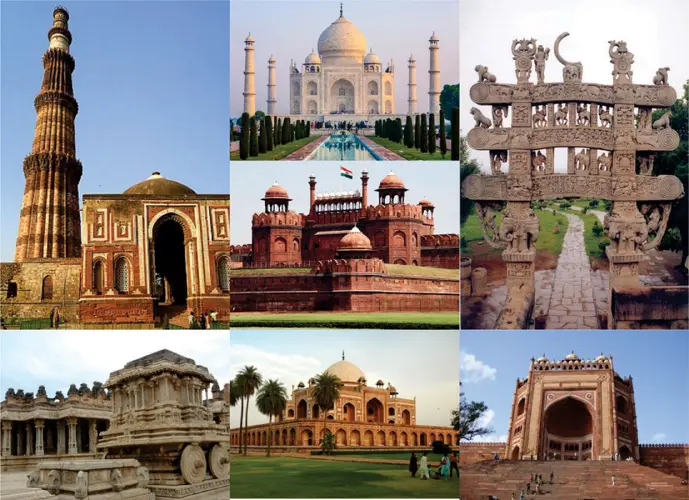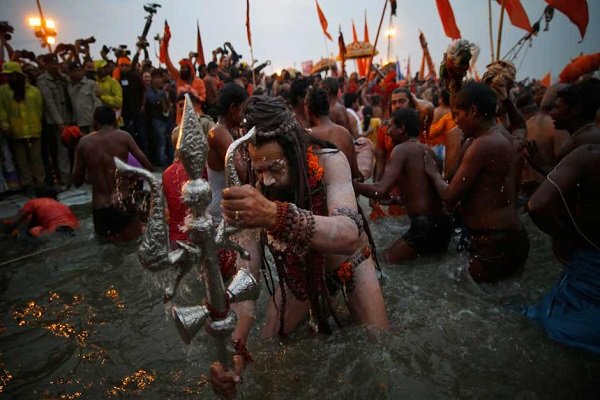The beauty pageant Miss India has long been a cornerstone of Indian cultural identity. Beyond showcasing physical beauty, this prestigious event honors intelligence, talent, and cultural pride. Over the decades, the Miss India pageant has become a powerful platform that empowers young women to pursue their dreams and represent India on the world stage.
A glimpse into the history of the beauty pageant Miss India
The journey of the beauty pageant Miss India began in 1947, shortly after India gained independence. Initially known as the Eves Weekly Miss India pageant, it was launched by the popular women’s magazine Eves Weekly. The pageant quickly gained popularity and was later renamed as Femina Miss India after Femina magazine took over its organization in 1953.
Since then, the pageant has been held every year—except for a brief hiatus in 1966 and 1967. Over the years, it has evolved from a traditional beauty pageant to a multifaceted event that includes rounds assessing personality, intelligence, talent, and social awareness, as well as classic categories like evening gown and swimwear rounds.
Significance of beauty pageants in modern India: Miss India
The Miss India beauty pageant is more than just a competition – it is a celebration of diversity, ambition, and empowerment. Contestants from different states and cultures bring unique stories and talents, showcasing the true spirit of India.
Key Contributions:
- Empowerment of Women: Provides a platform for women to express their ideas, skills, and aspirations.
- Breaking Stereotypes: Encourages a more inclusive definition of beauty.
- Promotion of Indian Culture: Helps showcase India’s cultural richness on the international stage.
- Boosting Tourism and Fashion: Highlights Indian destinations, fashion, and traditional wear, attracting global attention.

Impact of the Miss India beauty pageant
Over the years, the pageant has launched the careers of many successful women who have become global icons. Famous winners like Aishwarya Rai Bachchan, Sushmita Sen, Priyanka Chopra, Lara Dutta, and Dia Mirza have made their mark in Bollywood, international cinema, business, and philanthropy.
Beyond entertainment, the pageant has made significant contributions to the Indian fashion and beauty industry, providing an opportunity for designers, stylists, and makeup artists to gain national and international recognition.
Controversies surrounding the Miss India
Like many major events, the Miss India beauty pageant has not been without controversy:
Key issues:
- Allegations of rigging: In 2018, a contestant alleged that the final answers were rigged, raising questions about transparency.
- Unrealistic beauty standards: Critics argue that the pageant perpetuates a narrow definition of beauty. In response, the organizers added new evaluation rounds focusing on intelligence, talent, and social awareness.
These debates have sparked important discussions about fairness and inclusion, which have led to positive changes in the structure of the competition.
The beauty pageant Miss India stands as a symbol of transformation, combining elegance with intelligence, confidence with culture. Despite the challenges, it is one of the most prestigious platforms for women in India, shaping role models and inspiring future generations.
At Mapupa, we celebrate the empowerment and cultural pride that the Miss India competition brings to the nation. As the event evolves, it reflects a modern India that embraces tradition, ambition, and inclusion.
Read Also: Ethnic Crop Top, Latest Fashion Trends, History of Western Fashion, traditional dress for women around the world
![]()





